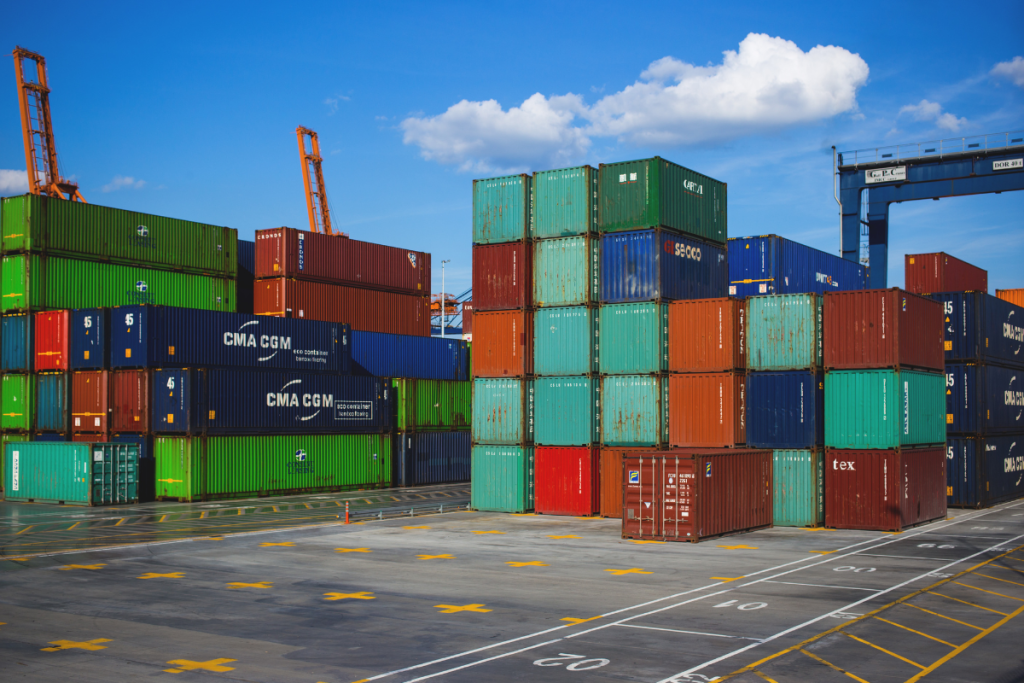U.S. container imports dropped 9.7% in May to 2.18 million TEUs, the steepest monthly decline since the pandemic, according to Descartes Datamyne. The fall follows a strong first quarter and breaks a typical seasonal trend in which May volumes rise over April. Imports from China drove the drop, down 20.8% month-over-month and 28.5% year-over-year after the U.S. imposed a 145% tariff on many Chinese goods. The policy shift triggered a wave of frontloading in April and a sharp pullback in May, as companies reassessed cost structures and supply lines.
China’s Share Sinks as Southeast Asia Edges Up
May marked the first time since 2018, excluding COVID-era anomalies, that U.S. imports fell month-over-month in May. The 145% tariff on Chinese goods, announced April 9, and the end of the de minimis exemption on May 2, pushed importers to accelerate April shipments. Once the 90-day tariff relief deal dropped duties to 30% on May 14, many paused orders amid ongoing pricing uncertainty.
China’s share of total U.S. container imports dropped to 29.3%, the lowest in over two years. Ports on the West Coast felt the impact most: Long Beach and Los Angeles posted month-over-month drops of 31.6% and 29.9%, while Tacoma and Seattle fell over 40%. East and Gulf Coast ports saw smaller losses, with New York/Newark down just 2.2%.
Imports from the top 10 countries of origin fell 11.4% overall in May. In addition to China, notable declines came from Italy (-23.1%), Hong Kong (-14.4%), and Thailand (-11.8%). But some origins gained ground. Imports from India rose 5.7%, South Korea 4.9%, and Vietnam 2.3%. Compared to May 2024, Vietnam’s volumes were up 18.1%, India’s up 10.4%, and Thailand’s up 11.1%, signaling early signs of shifting trade patterns away from China.
Policy Whiplash May Force Harder Sourcing Calls
The May drop signals more than a temporary reaction to tariffs. The expiration of full de minimis treatment adds friction to low-value imports, particularly in e-commerce. At the same time, unresolved conflict in Eastern Europe and instability in the Red Sea continue to pressure global routing decisions. For many importers, China remains central, but less dominant, as costs rise and policy risk lingers.
The challenge now is not just weathering tariff cycles but recalibrating sourcing strategy under persistent volatility. Companies that invested in diversified supplier networks after earlier rounds of trade friction are now better positioned to pivot. Those still heavily dependent on China may face a harder reset as pricing, routing, and compliance risks converge.







